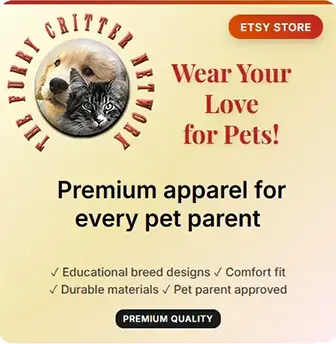The term "Domestic Shorthair" is not actually a breed designation but rather a general classification for mixed-breed cats with short coats. These cats have no pedigree and represent the natural result of random breeding among domestic cats over generations. The term distinguishes them from specific purebred cats while providing a convenient way to describe the most common type of cat found in homes, shelters, and communities worldwide.
Domestic Shorthairs have numerous alternate names and terms used in different contexts and regions. "DSH" is the common abbreviation used by veterinarians, shelters, and cat professionals. "Moggy" or "moggie" is a British term affectionately referring to mixed-breed cats, used widely in the UK and Commonwealth countries. "Alley cat" sometimes describes Domestic Shorthairs, particularly those who lived as strays, though this term can carry negative connotations and isn't preferred by many cat advocates. "House cat" is another general term emphasizing their role as companions rather than any specific breeding.
In veterinary and shelter contexts, cats are often classified by coat length and type: Domestic Shorthair (DSH) for short-coated mixed breeds, Domestic Longhair (DLH) for long-coated mixed breeds, and Domestic Medium Hair (DMH) for those with medium-length coats. This classification system provides practical descriptive categories without implying breed status. These designations appear on veterinary records, adoption papers, and shelter listings worldwide.
Some people mistakenly believe "Domestic Shorthair" refers to a specific breed, particularly the American Shorthair, but these are entirely different. The American Shorthair is a recognized pedigreed breed with specific standards, breeding requirements, and registration. Domestic Shorthairs, by contrast, have no breed standards, no pedigrees, and represent naturally occurring mixed cats. This distinction is important though often confused.
The term "mixed-breed cat" or "random-bred cat" more accurately describes what Domestic Shorthairs are—cats resulting from random breeding without human selection for specific traits. However, "Domestic Shorthair" has become the standard terminology in North America, widely understood by veterinarians, shelters, and cat owners. The widespread use and recognition of this term makes it valuable for communication, even though it's technically not a breed name.
Regardless of terminology, Domestic Shorthairs represent the vast majority of cats worldwide. Estimates suggest that over 95% of cats are mixed-breed rather than purebred, making the Domestic Shorthair the most common "type" of cat globally. They're found in every country, climate, and culture, adapting successfully to diverse environments and living situations. This universality reflects cats' natural adaptability and the reality that most cats breed naturally without human intervention to create or maintain specific breeds.

